

HERITAgE

CHAPEL STREET
HISTORY
Chapel Street was the first street in the United Kingdom to be
lit by gas way back in 1806 and was one of the main roads inthe country, making up part of the A6 from London to Glasgow. To day it is home to artists’ studios, Salford Museum and Art Gallery, The University of Salford, great pubs and an everincreasing num ber of businesses and brand new residences, meaning this historic area has an equally bright future.
KEY DATES:
1226 - First recorded mention of a bridge over the River Irwell connecting Manchester & Salford.
1228 - Henry III grants Salford the right to hold a weekly market and annualfair.
1535 - Trinity Church is completed, with Catholic worshipers first using the Church.
1761 - The first Blackfriars Bridge is constructed.
1790 - New Bailey Prison opens, close to the site of Salford Cen tral Station.
1806 - Lee & Philips factory and a portion of Chapel Street were lit by gas – the first use of gas lighting in the world.
1810 - James Prescott Joule is born in New Bailey Street, moving later to Acton Square.
1825 - The foundation stone of Salford Town Hall, Bexley Square is laid.
1827 - Salford & Pendleton Dispensary (a fore-runner of Salford Royal Hospital) opens.
1838 - Salford Central Railway Station opens on New Bailey Street.
1844 - Friedrich Engels publishes his book, ‘Condition of the Working Class in England’ describing life in Salford & Chapel St.
1846 - Peel Park opens its gates to the public, making it the first free public park in the country.
1850 - Salford Borough Library opens on the Crescent – making it the first unconditionally free library in Great Britain.
1851 - Queen Victoria and Prince Albert visit Salford, a choir of 82,000 children greet them with song in Peel Park.
1857 - Monument of Queen Victoria is unveiled on the crescent. 1896 - The Peel Building opens housing Salford Technology Col lege
1903 - Salford Fire Station opens in Acton Square.
1995 - The Trinity Footbridge opens making the most recent crossing over the Irwell, linking Salford and Manchester.
THE STREET On THE OTHER SIDE OF THE MAnCHESTER AnD SALFORD InVISIBLE BOUnDARY
Despite the obvious dereliction, beneath the surface Chapel Street is bustling. What it lacks in most everything you’d except from a city’s main thoroughfare, it makes up for with the vibrancy of its residents and visitors. On the face of things the street is barren but for the bricked up pubs and a constant stream of traffic; always passing through, and never stopping.
During the late 50s, to make way for redevelopment of the area, the facades of the independent businesses that stood here were saved and preserved as a sort of toy town. Named Lark Hill Place this ghost street remains to this day just further along The Crescent at Salford Museum.
This street suspended in a bell jar of time appears more lifelike in many ways than Chapel Street itself, with the current street and its surrounds showing no evidence of a successful redevelopment - the area simply ex ists as a skeleton of its former industrial glory, hidden away in the bend of the Irwell.
Take a look beyond the burnt-out and boarded-up, start to see the rich ness of architecture and art. St Philip’s Greek revival church, perhaps the finest in the region, sits back from the road a little - inviting you into the streets behind the decaying backbone.
As the road becomes The Crescent the Irwell river reappears and winds through the country’s first municipal park; Peel Park, and the museum and art gallery, to which Lowry had his own key, sit nestled into the greenery.
The fact is this area remains a centre brimming with inspiration and resources for the creative community, home to countless artists’ studios including those of Islington Mill, and with notable public art ranging from the recent Irwell Sculpture Trail through to modernist architectur al sculptures.
This was one of the main roads in the country and was the first street to ever be lit by gas in the United Kingdom. Chapel Street is the cultural heart of Salford yet geographically is just the periphery; it closely cradles the shimmering belly of Manchester by way of the Irwell perimeter. There’s a feeling of limbo here amongst the rough edges of a street iso lated by its demise
THE CROWN TAVERN
10 AND 12, BLACKFRIARS STREET
LISTED BUILDIngS
No. 81 CHAPEL STREET and No. 4 BOOTH STREET
CHURCH OF THE SACRED TRINITY
CHESTERS SALFORD BREWERY SOUTHERN RAILWAY VIADUCT NADE CENTRAL RAILWAY VIADUCT
CHAPEL STREET AND HOPE UNITED RE FORMED CHURCH
ARLINGTON HOUSE
NUMBER 6 AND SALFORD HOUSE
NORTHERN RAILWAY VIA DUCT

INDEPENDENT CHAPEL
FORMER WILLIAMS DEACON BANK
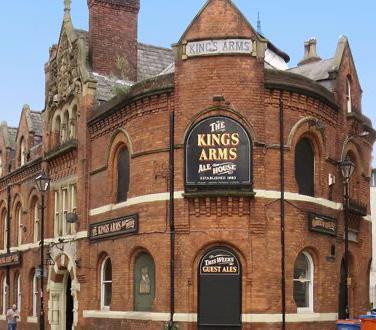





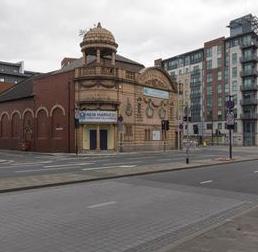



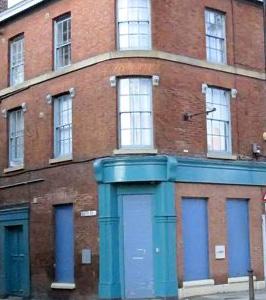

THE ASTOnISHIng VICTORIAn RAILWAY VIADUCT THAT’S BEIng BROUgHT BACK TO LIFE TO HELP LOnDOn BATTLE CLIMATE CHAngE
A stunning Victorian viaduct which runs 3.5km through some of London’s oldest neighbourhoods is to be transformed into a haven for trees, plants and animals to help give London a brand new green corridor.
The Low Line Commons will connect neighbourhoods along the path of the Victorian railway viaduct in a walking route from Bankside, through London Bridge and on to Bermondsey.
It’s hoped the the Low Line Commons, which is commissioned by a huge range of partners including Better Bankside, Team London Bridge, Blue Bermondsey, Southwark Council and The Arch Company, will help Lon don’s battle against climate change and in preserving natural species and heritage.
VICTORIAn RAILWAY ARCHES
THE CHAPEL STREET VICTORIAn RAILWAY ARCHES

The victorian railway arches across the chapel street have the huge poten tial as heritage architecture.
The neglect over the years has made it into a direlict place. Across uk there are intiatives to restore victorian arches into homes for homeless people. To in other various ascpets to fight against climate and into regenerate this railway arches into green spaces and thus make the cities more sustainable.
CHAPEL STREET VICTORIAn RAIL ARCHES


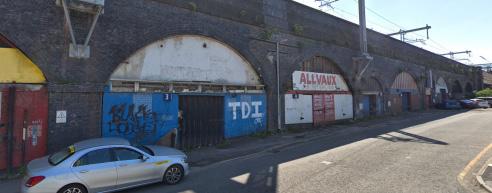

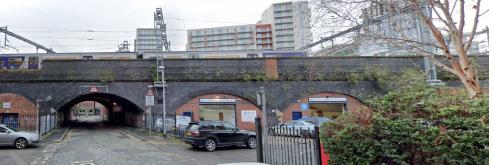

ARTIFACT

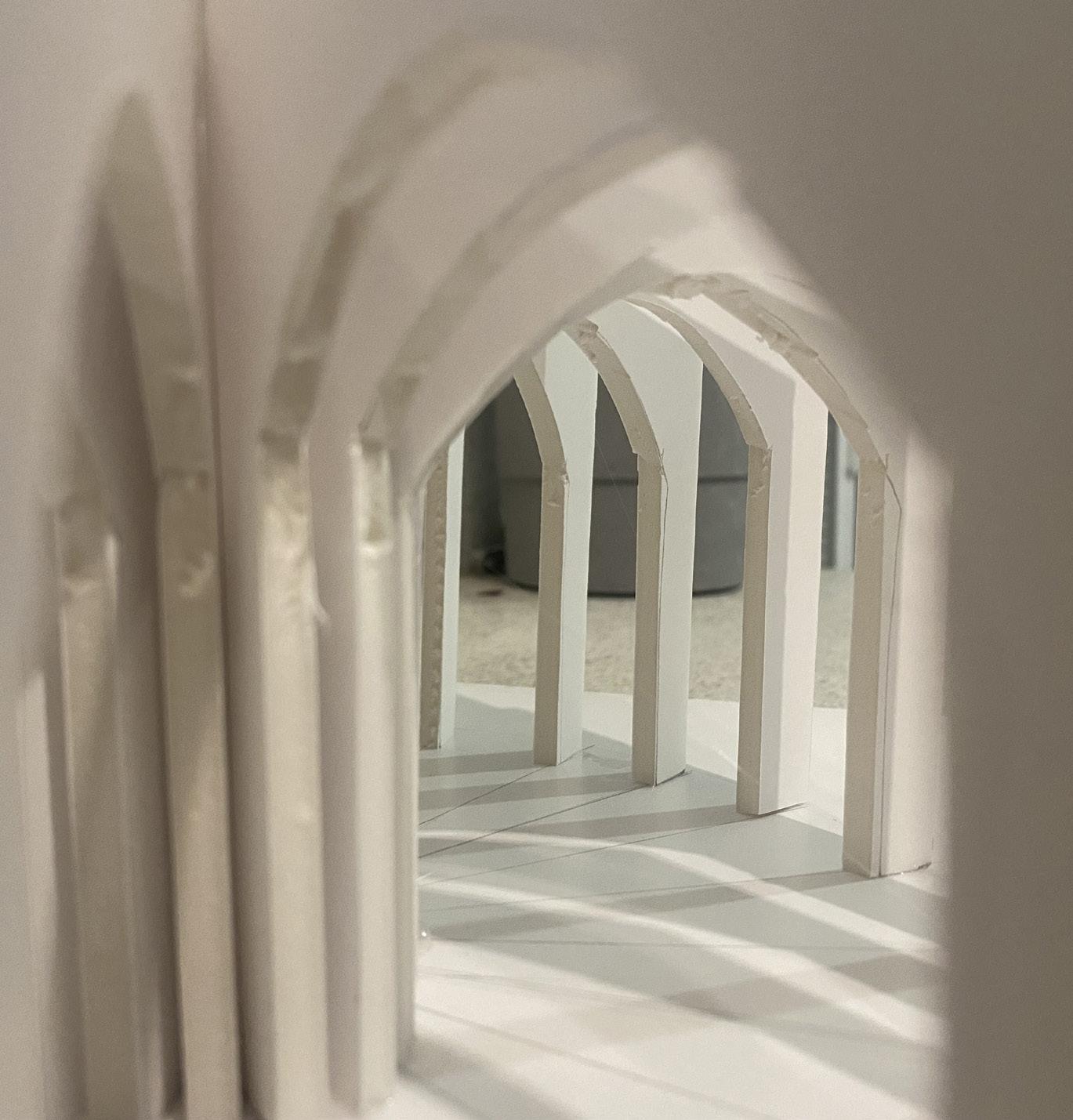







SITE
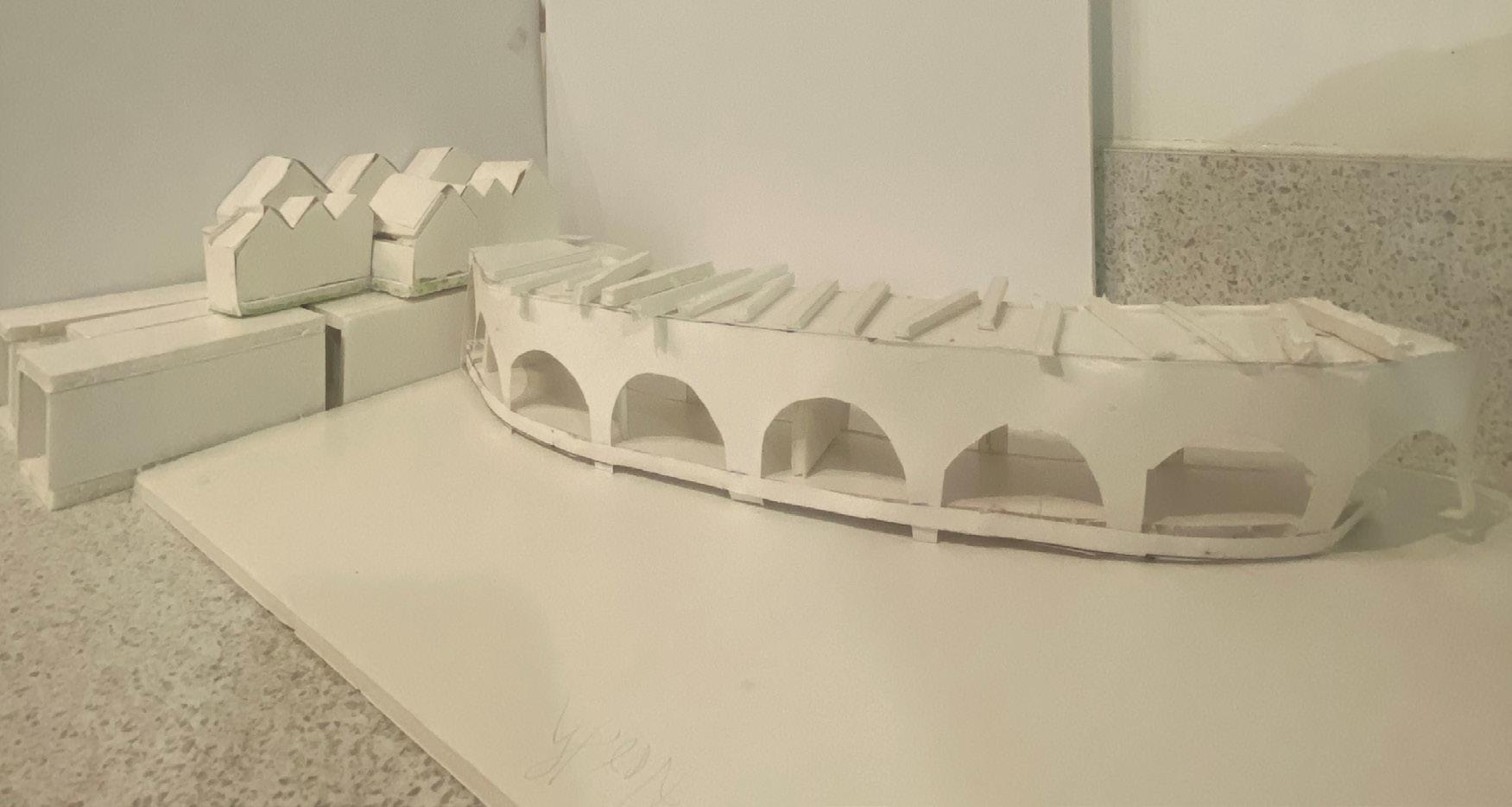
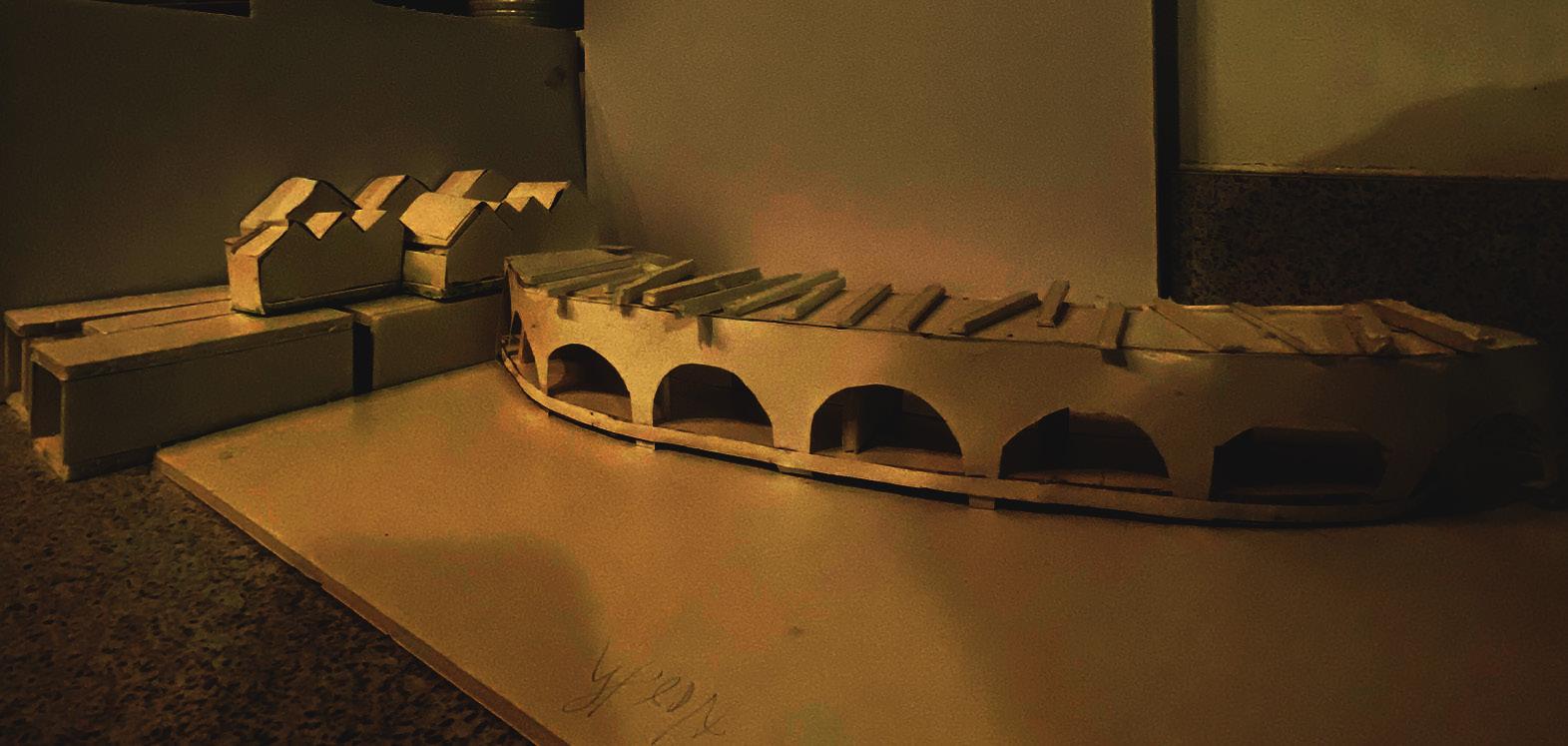
COMBInE
THE CHAPEL STREET IS MAInLY HAVE HISTORIC LISTED BUILDIngS AT THE SAME TIME TRInITY IS MORE OF A COnTEMPORARY RESTIDEnTIAL APARTMEnTS. In BETWEEn ALOng THE CHAPEL STREET THE VICTORIAn RAIL ARCHES PASSES.
